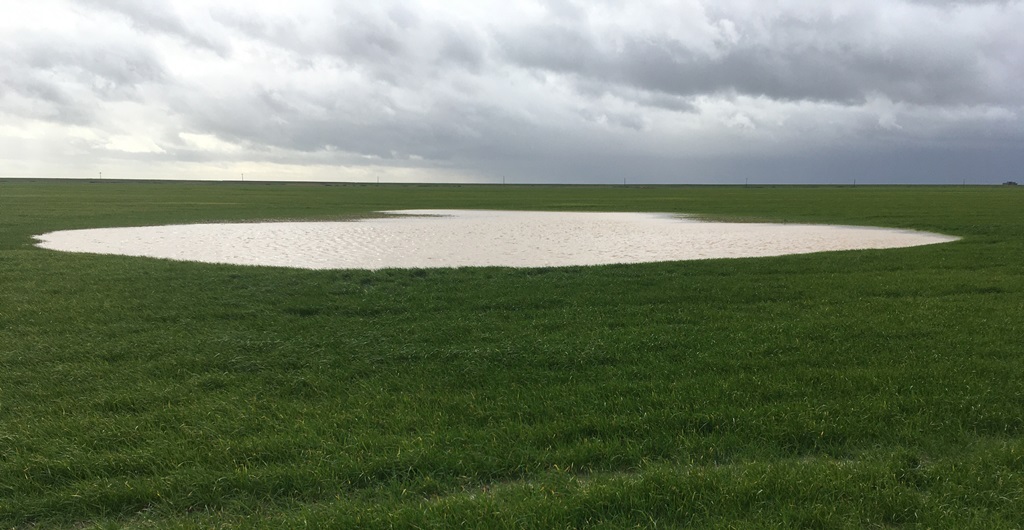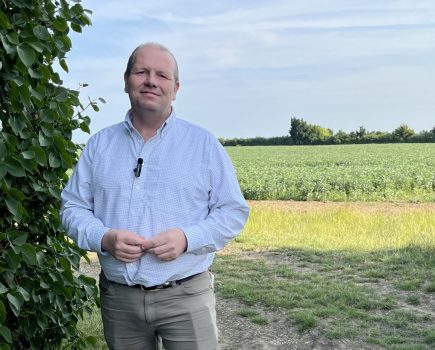 I suspect I’m not the only one who as a child listened to the old boys on the farm who grew up in an age very different to the one we know today.
I suspect I’m not the only one who as a child listened to the old boys on the farm who grew up in an age very different to the one we know today.
These men, and the fact is they were exclusively men, saw first-hand the mechanisation revolution of the mid 20th century. They saw tractors replace horses in a breath-taking sweep of fast technical change. Most of them had never driven a mechanically driven vehicle as they started their farming careers and by the time they retired the stables were empty.
The reason I mention this generation now is that odd little moments on the farm remind me of the stories they told me as a boy. The tales that really stuck in my mind were the ones I now realise were designed to scare the living daylights out of me. For instance, if I ever come across a rat in a building I’m reminded of the old advice ‘never corner a rat or it will go for your throat’. To this day I’m wary of rats anywhere near a corner for fear these small creatures weighing less than 1% of my body weight will suddenly develop the mauling power of a large and vicious dog.
Another one of these Brothers Grimm-like horror yarns was of small boys who disturbed herons fishing on ponds only to be stabbed through the heart by the bird’s beak. Again, it’s clearly a piece of ridiculous nonsense but just about credible enough to a ten-year-old that fifty years later when I see a heron take flight I note the rapier like beak just primed for a sharp thrust at chest height.
This winter has caused me to frequently recollect a particular tale that, although equally colourful, involves enough historical fact to give it a good deal more credibility than ones about killer rodents. The story was that in very damp weather a phenomenon known as ‘Hitler ponds’ emerges from the ground to punctuate otherwise featureless fields.
The rationale behind these curiosities is that during the Second World War the Luftwaffe would fly over farms on their way to bomb London. On their way back to the Continent if they had any significant munitions left in their holds, they would jettison them once they saw the sea approaching below. This action wasn’t because the Nazis had a particular dislike of Essex coastal farmers, it was more to do with lightening their Fokkers and Junkers to make sure they had enough fuel to get back to base.
There was an element of targeted vindictiveness in that rather than bomb the North Sea they preferred to take random pot shots at rural areas below in the hope some material devastation might occur. For the farmers below the fact this was haphazard rather than targeted must have given little comfort. Some farmyards were hit but in the main most of the bombs landed and exploded in the middle of fields leaving tiny craters of enough size to make for small ponds when filled with water.

The enormous puddles in some of the few wheat fields drilled last autumn may be a reminder of the ‘Hitler ponds’ that pockmark the Essex marshes.
On our marshes these indentations that pockmark the clay still fill up eighty years later when we get hellishly wet winters like 2020 or 2012. This winter as I walked some of the few wheat fields we got drilled last autumn I occasionally came across these enormous puddles and was reminded of this bit of folklore that was handed down to me at a young age. Sometimes I suspect the convex areas under inspection are actually just natural lows in the field but I much prefer to think back to wartime air-raids and the creation of ‘Hitler ponds’.
By the time you read this I very much hope these little ponds have dried out and no longer represent no-go bear-traps for my sprayer and spinner. Looking at the better spring forecast, it looks like farmers are about to get busier. So please take health and safety very seriously folks. The last thing our health and emergency service needs now is having to cater for people who decided to take risks. On a lighter note, in the words of my plain-spoken neighbour, “Self-isolate? I’ve got just the ruddy place – my tractor cab. I hope I’m stuck in it from now until May!”
Guy Smith grows 500ha of combinable crops on the north east Essex coast. @EssexPeasant




